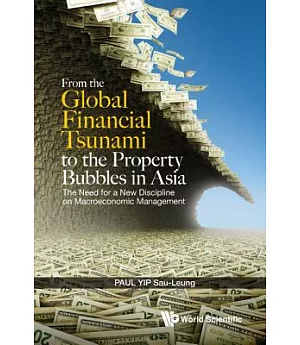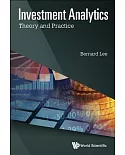This book first provides a concise review on the global financial tsunami and the European debt crisis, and draws important lessons for future macroeconomic policy management. It then explains
why the quantitative easing in the US and the unique characteristics of the Asian property markets have contributed to the formation of property bubbles in some Asian economies. It also
explains there could be further enlargements of the property bubbles, formation of stock market bubbles and huge exchange rate cycles in some Asian economies in the forthcoming years.
Thereafter, it discusses the possibility of an eventual bursting of asset bubbles and currency attacks in Hong Kong, India, Taiwan, Singapore, Malaysia or another Asian economy, and highlights
that the bursting of asset bubbles or currency attacks in any one of these economies could trigger a crisis in this region through the contagion effect. After pointing out that the implied
crisis could be as severe as the Asian financial crisis in 1997-98, it discusses short-term curbing policies that could mitigate or pre-empt the potential crisis and long-term policies that
could rectify the severe long-term problems in these Asian property markets. Finally and most importantly, based on the detailed discussion in the first eight chapters, the final chapter draws
a large number of important lessons for macroeconomic management against asset bubbles and crises, housing policies in these Asian economies, and investments in the stock and property markets.





















